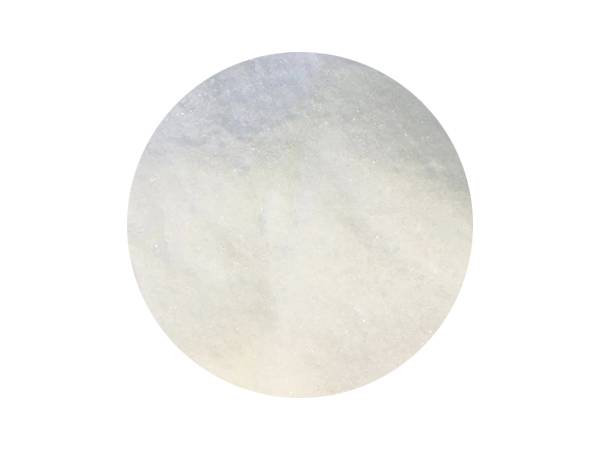



chlorine drops for water purification
Chlorine Drops for Water Purification An Effective Solution for Clean Drinking Water
Access to clean and safe drinking water is essential for maintaining health and well-being. Unfortunately, many regions worldwide still struggle with water contamination, leading to various waterborne diseases. One effective method for purifying water is the use of chlorine drops. This article explores how chlorine drops work, their benefits, and considerations for their use in water purification.
Understanding Chlorine in Water Treatment
Chlorine, a widely used chemical for water disinfection, is highly effective against bacteria, viruses, and other pathogens that may contaminate drinking water. The use of chlorine for water treatment dates back to the early 20th century and has become a cornerstone of municipal water supply systems across the globe. However, chlorine is not only limited to large-scale applications; it can also be utilized in smaller quantities, such as chlorine drops, which are convenient for household water purification.
Chlorine drops typically contain sodium hypochlorite or similar compounds that release chlorine when mixed with water. This process involves a chemical reaction wherein the chlorine molecules attack and neutralize harmful microorganisms, effectively rendering the water safe to drink.
Benefits of Using Chlorine Drops
1. Effectiveness Chlorine is proven to eliminate a wide range of pathogens, including E. coli, Giardia, and viruses like hepatitis A. Its strong oxidizing properties make it capable of killing germs quickly, providing rapid disinfection.
2. Affordable and Accessible Chlorine drops are relatively inexpensive and widely available in pharmacies, supermarkets, and online. This affordability makes them a practical solution for households, particularly in regions where access to clean water is limited.
3. Ease of Use Using chlorine drops for water purification is straightforward. Typically, it involves adding a specified number of drops to a given volume of water, waiting for a recommended time (often around 30 minutes), and then the water is ready for consumption. This user-friendly approach makes it suitable for everyone, including those with minimal technical knowledge.
4. Long Shelf Life Chlorine drops have a long shelf life, making them a reliable option for emergency preparedness kits. They can be stored without significant degradation over time, ensuring that clean drinking water is available during crises or natural disasters.
chlorine drops for water purification

5. Portability Chlorine drops come in small containers, allowing for easy transport. This portability makes them a popular choice for travelers, campers, and anyone who might need to treat water while away from home.
Considerations When Using Chlorine Drops
While chlorine drops are effective for water purification, there are important considerations to keep in mind
1. Taste and Odor Chlorine can impart a distinct taste and odor to water. While this is generally not harmful, some people may find it unpalatable. If you find the taste unpleasant, allowing the water to aerate or using a carbon filter after chlorination can help improve its flavor.
2. Proper Dosage It's crucial to adhere to the recommended dosage provided on the product label. Overuse of chlorine can lead to higher levels of residual chlorine in drinking water, which can be toxic. Conversely, under-dosing may not effectively eliminate harmful microorganisms.
3. Water Quality Chlorination is less effective in the presence of certain substances, such as excessive organic matter. In highly turbid water, pre-filtration may be necessary to ensure that chlorine can work effectively.
4. Not Effective Against All Contaminants While chlorine is excellent for disinfecting biological contaminants, it does not remove chemical pollutants or heavy metals from water. Combining chlorination with other water treatment methods (such as filtration or boiling) may be necessary for comprehensive purification.
Conclusion
Chlorine drops represent a valuable tool in the quest for safe and clean drinking water. Their effectiveness, affordability, ease of use, and long shelf life make them an ideal choice for home water treatment, particularly in areas struggling with water quality issues. However, it is essential to be mindful of dosage, water quality, and potential taste considerations to maximize their benefits. By incorporating chlorine drops thoughtfully, individuals can ensure access to safe drinking water, promoting better health and well-being in their communities.
-
Why Sodium Persulfate Is Everywhere NowNewsJul.07,2025
-
Why Polyacrylamide Is in High DemandNewsJul.07,2025
-
Understanding Paint Chemicals and Their ApplicationsNewsJul.07,2025
-
Smart Use Of Mining ChemicalsNewsJul.07,2025
-
Practical Uses of Potassium MonopersulfateNewsJul.07,2025
-
Agrochemicals In Real FarmingNewsJul.07,2025
-
Sodium Chlorite Hot UsesNewsJul.01,2025










